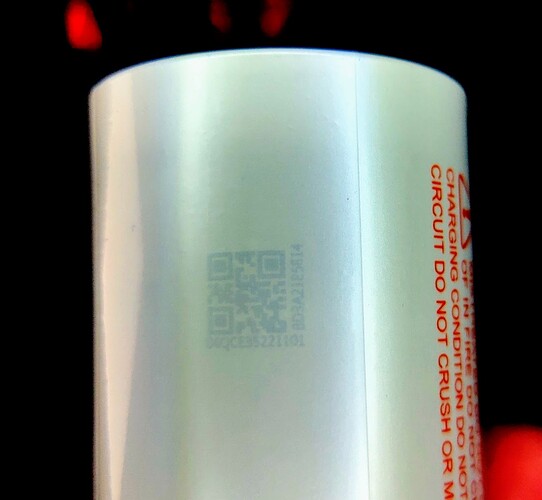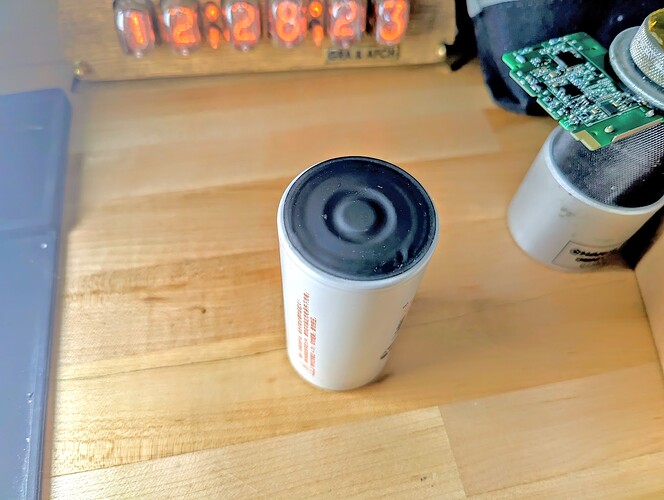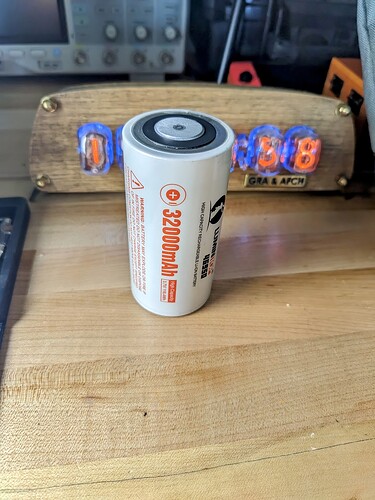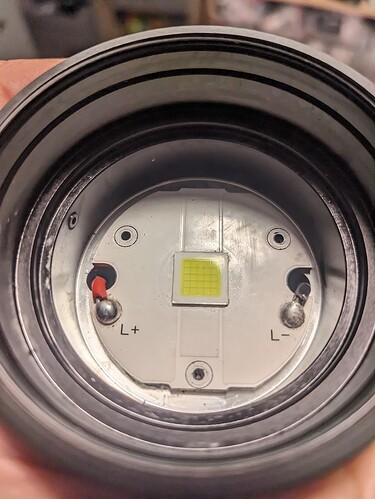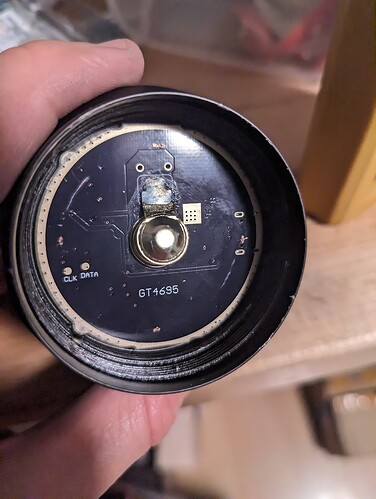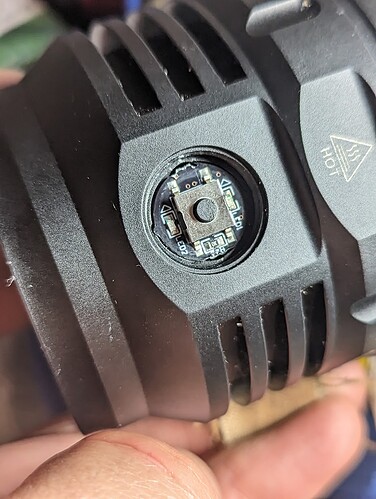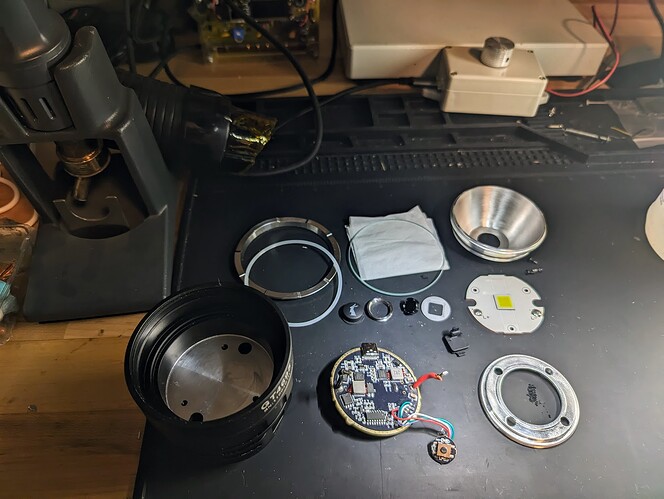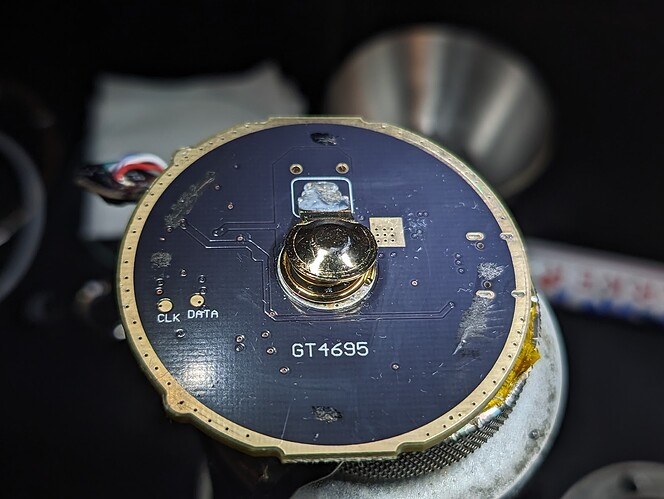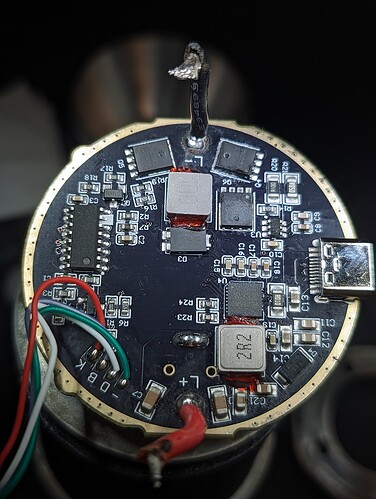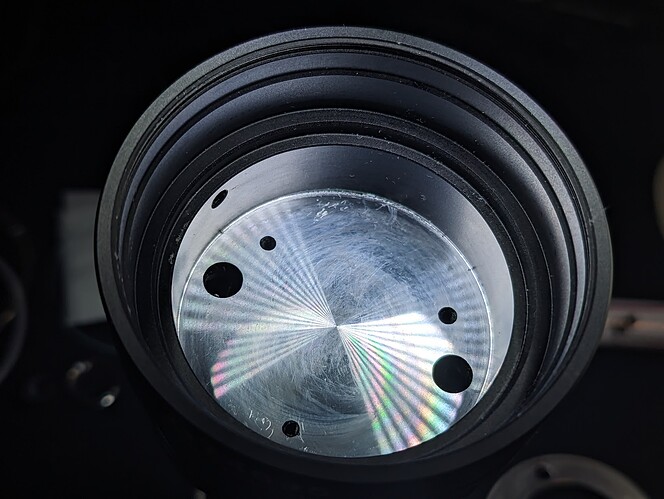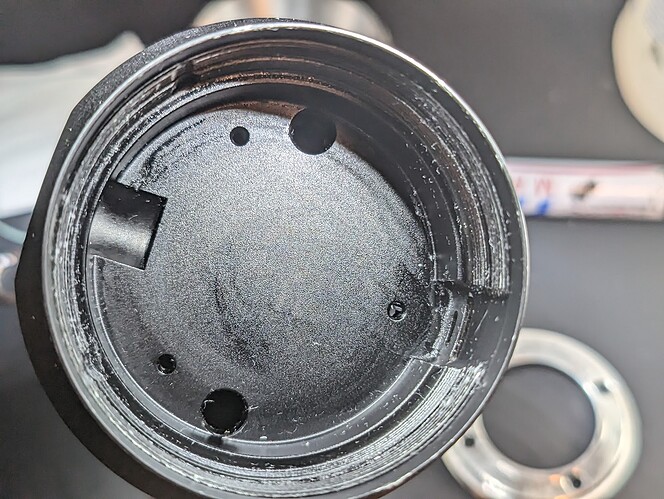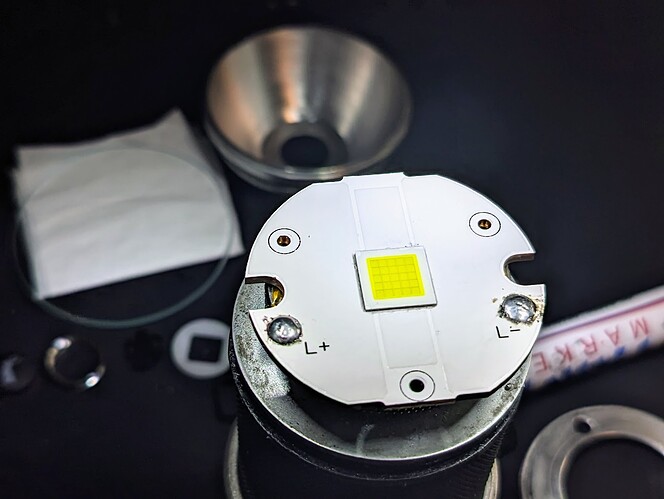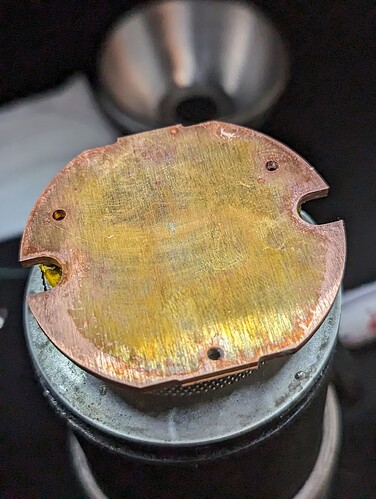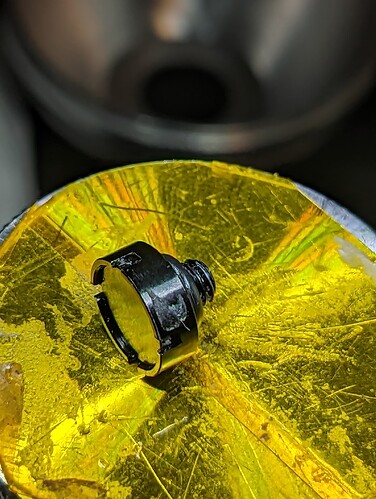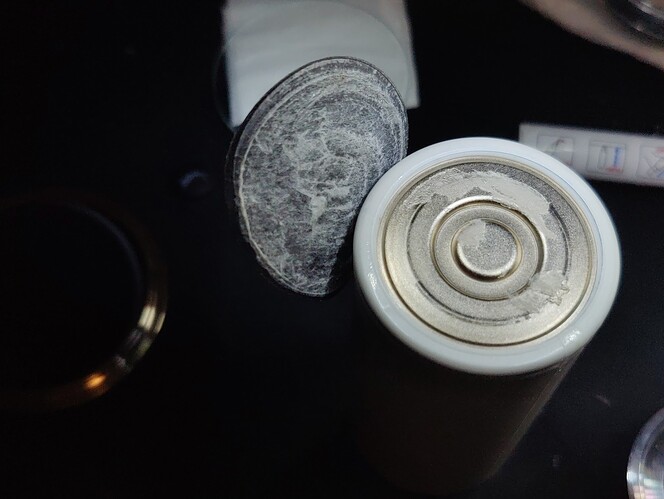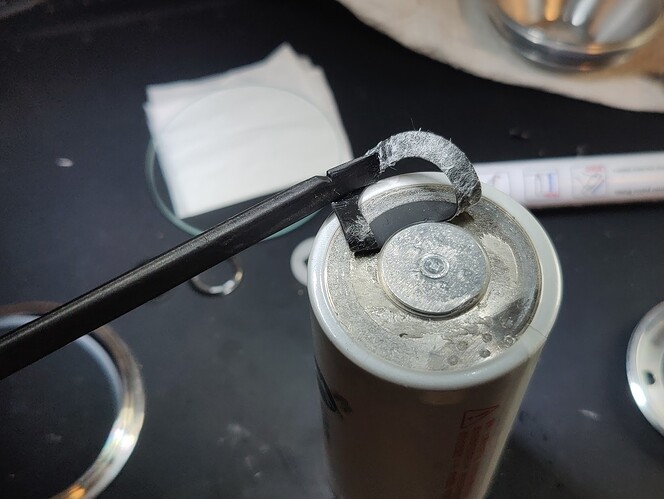Lumintop, Thank you for replying to the thread and providing additional information. I however have a few comments on what you stated.
Firstly, we have chosen a high-capacity 46950 battery and integrated it into the flashlight for better protection and safety. By housing the battery internally, we ensure better protection against accidental drops or impacts. This design also makes the flashlight more compact and durable.
I have not seen many flashlights that use external batteries. Regardless, what does that have to do with the battery being non-removable?
Additionally, we have implemented a hidden charging port for convenient charging anywhere and anytime. This design consideration takes into account user needs, ensuring easy charging access when outdoors or in emergencies.
So flashlights with removable batteries can not have hidden chargeports?
Secondly, after numerous real-world tests, we found that integrating the battery with the circuit creates a stable whole. This ensures that contact resistance does not significantly reduce the effective voltage of the input drive circuit. This design not only improves overall efficiency but also safeguards the stability of the drive circuit operation. This design consideration ensures the stability and reliability of the flashlight during use, providing better safeguards for your outdoor activities.
Right, if you unscrewed the parts of the flashlight and did not tighten it enough it would make it not work as well and not be as water resistant, however that would be user error.
(Lumintop’s products have a five-year warranty and a lifetime paid warranty. If the battery life is over, you can send it back to the factory and our professional staff will replace the battery for you.)
How are you addressing the recyclability of the battery once it or the flashlight eventually dies? Say, past the warranty of 5 years, at 6 years.
Does your 5 year warranty only apply if the battery is fully dead? What if the capacity of it is severely degraded to where the light could only be on for 10 minutes on a single charge. Would the warranty still apply?
